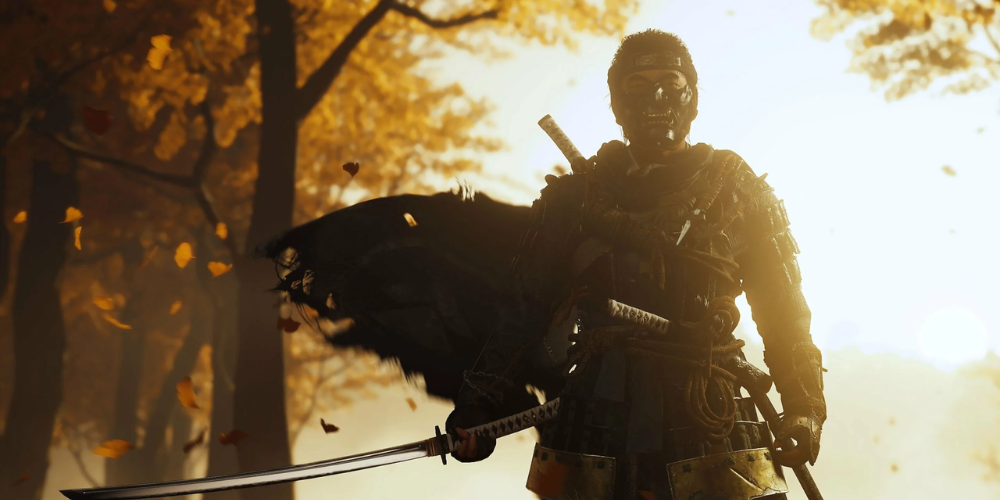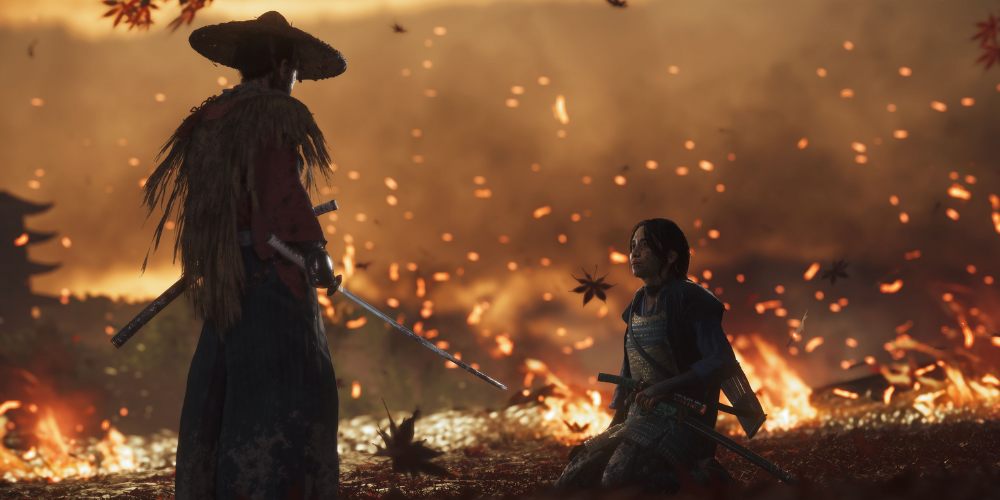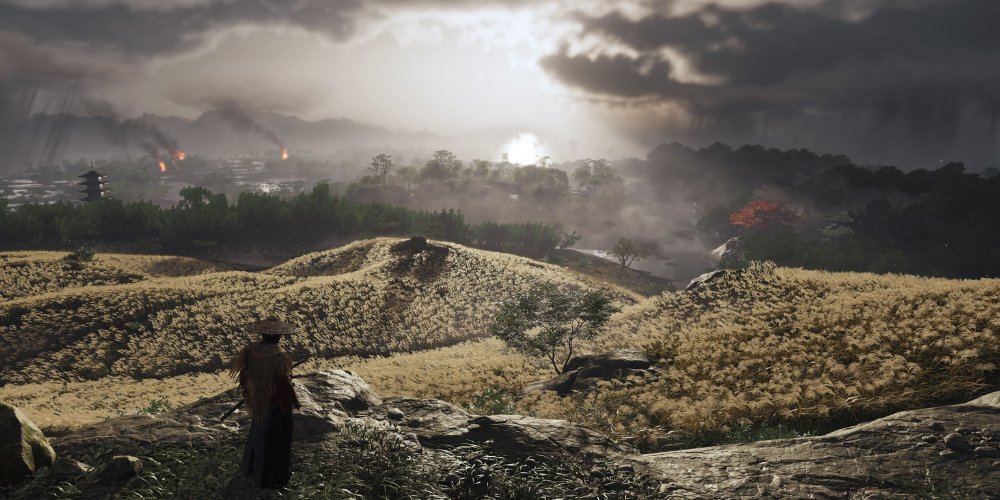Ghost of Tsushima: Mastering the Way of the Samurai
- 507

Ghost of Tsushima is a riveting tale of honor, sacrifice, and determination set in the late 13th century on the island of Tsushima during the first Mongol invasion of Japan. Gamers assume the role of Jin Sakai, a samurai warrior whose journey from a disciplined, honorable fighter to the legendary Ghost is both compelling and fraught with challenges. Mastering the way of the samurai in this expansive, beautifully rendered open world requires not only meticulous attention to combat techniques and skills but also an understanding of the philosophical underpinnings that drive Jin’s transformation. It will explore the essential elements that players need to grasp in order to excel in their journey, ranging from combat mechanics and character progression to utilizing the environment and understanding the narrative’s deeper themes.
Understanding the Samurai Code
Before delving into the nitty-gritty of combat and tactics, it is crucial to understand the samurai code, or Bushido, which forms the cornerstone of Jin’s identity. Bushido, which translates to “the way of the warrior,” emphasizes virtues such as honor, loyalty, courage, and discipline. In Ghost of Tsushima, Jin’s adherence and eventual deviation from this code are central to the narrative progression and play a significant role in his development as a character. Embracing these virtues not only enriches the gaming experience but also guides players through the moral quandaries and decisions they will face.
Mastering Combat Techniques
The essence of being a samurai in Ghost of Tsushima lies in mastering its diverse and nuanced combat system. Players must become adept in the following areas to navigate the challenges that lie ahead:
Swordsmanship

The heart of the samurai’s arsenal is his katana and proficiency in swordsmanship is paramount. The game offers a variety of stances, each effective against different types of enemies. Learning and switching between these stances mid-combat is crucial to exploiting enemy weaknesses and maintaining the upper hand. Timing and precision are also critical and executed parries, and dodges can open opponents up to devastating counterattacks.
Archery
Beyond the blade, Jin’s skill with the bow is a powerful asset. Archery allows for taking out enemies from a distance, and with specific skill enhancements, arrows can be imbued with elemental effects, such as fire, to create additional chaos among enemy ranks.
Stealth Tactics
While direct confrontation is a hallmark of the samurai, stealth is a significant component of Jin’s repertoire, especially as he embraces the persona of the Ghost. Utilizing cover, distractions, and silent takedowns allows players to thin out enemy forces or avoid engagements altogether. This approach, while contrary to traditional samurai values, becomes a necessity against overwhelming odds.
Character Progression and Skills

As players progress through Ghost of Tsushima, they will earn experience and acquire skill points to enhance Jin’s abilities. Strategically investing in Jin’s skill trees—Samurai, Ghost, and Stances—is key to developing a gameplay style that suits each player’s preferences. Enhancements can improve swordplay, archery precision, stealth capabilities, and more. Additionally, exploring Tsushima and completing side quests can award charms that offer unique benefits, further customizing Jin’s abilities and strengths.
Utilizing the Environment
Tsushima is more than just a backdrop for Jin’s journey; it is an integral part of the gameplay. The environment can provide cover, alternative paths, and strategic advantages in both combat and exploration. Natural elements like weather and time of day also impact gameplay; for instance, fog can obscure Jin’s movements, making it easier to approach enemies unseen. Paying attention to the landscape and utilizing the elements to one’s advantage is a crucial aspect of mastering the way of the samurai.
Embracing the Ghost Stance

One of the most powerful abilities Jin acquires is the Ghost Stance, a manifestation of his departure from traditional samurai methods. Activating the Ghost Stance strikes fear into the hearts of his enemies, allowing Jin to dispatch multiple foes in rapid succession. Achieving this state requires players to eliminate significant threats without suffering damage, representing the culmination of skill, strategy, and timing. The Ghost Stance symbolizes Jin’s ultimate embrace of unconventional warfare and is a crucial tool in turning the tide of battle.
Understanding the Narrative’s Themes
Beyond combat and exploration, Ghost of Tsushima is a deeply narrative-driven experience, exploring themes of honor, loyalty, sacrifice, and the clash between tradition and necessity. Engaging fully with the story, including main quests and the numerous side quests, enriches the overall experience and provides context for Jin’s transformation. The choices players make and the manner in which they navigate Jin’s journey add layers of depth to the tale, making it not only a story about a samurai but also a personal journey of understanding and choice.
Conclusion
Mastering the way of the samurai in Ghost of Tsushima is a multifaceted endeavor that stretches beyond mere combat efficiency. It encompasses a deep engagement with the game’s narrative themes, strategic utilization of skills and the environment, and a philosophical alignment with the samurai code. As players guide Jin Sakai from a traditional samurai to the feared Ghost, they will experience a rich, immersive world filled with beauty, conflict, and the struggle between duty and desire. Through this journey, Ghost of Tsushima offers not just a captivating gameplay experience but also a profound exploration of what it means to be bound by honor in a world that demands survival at all costs.